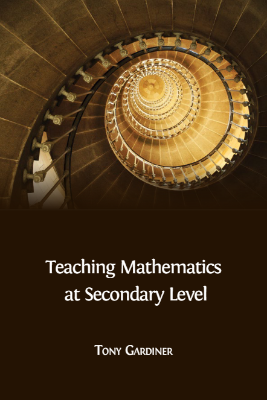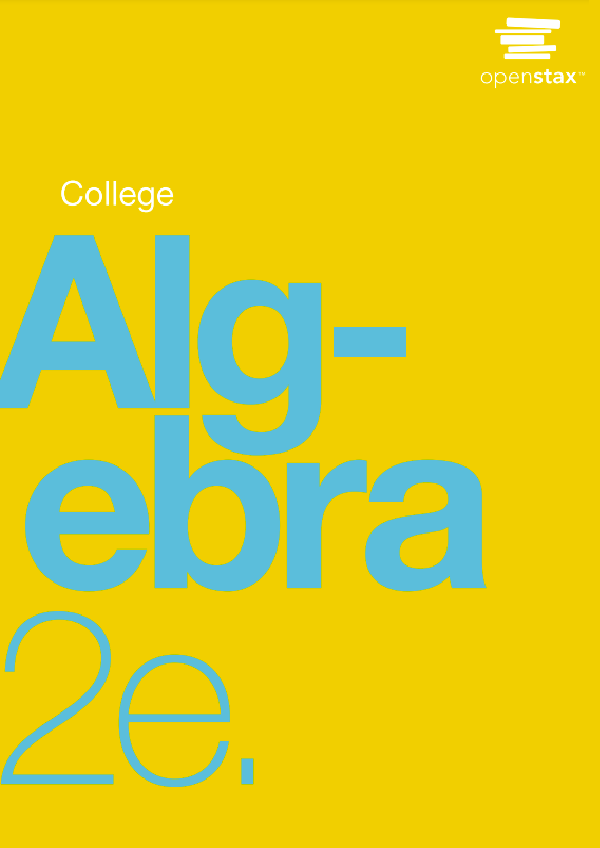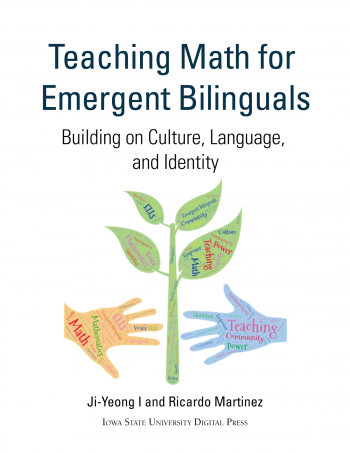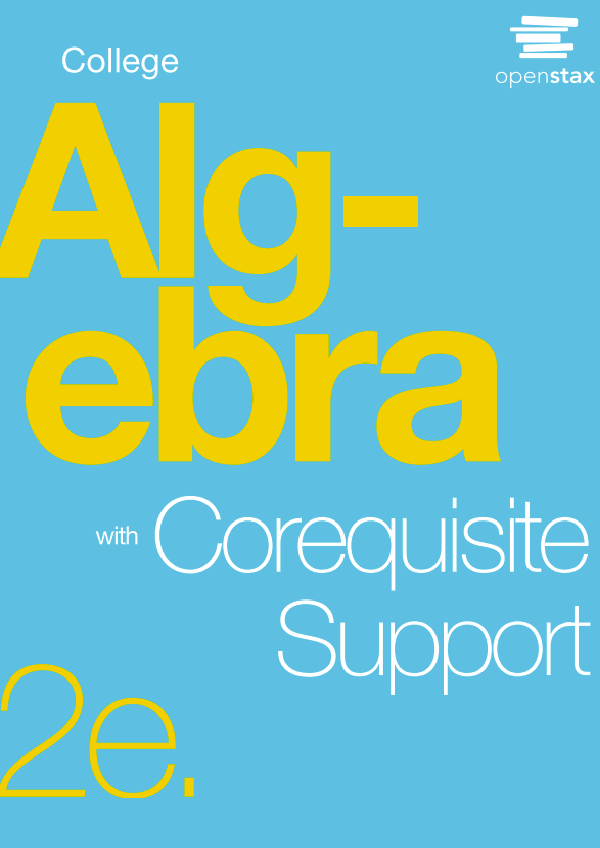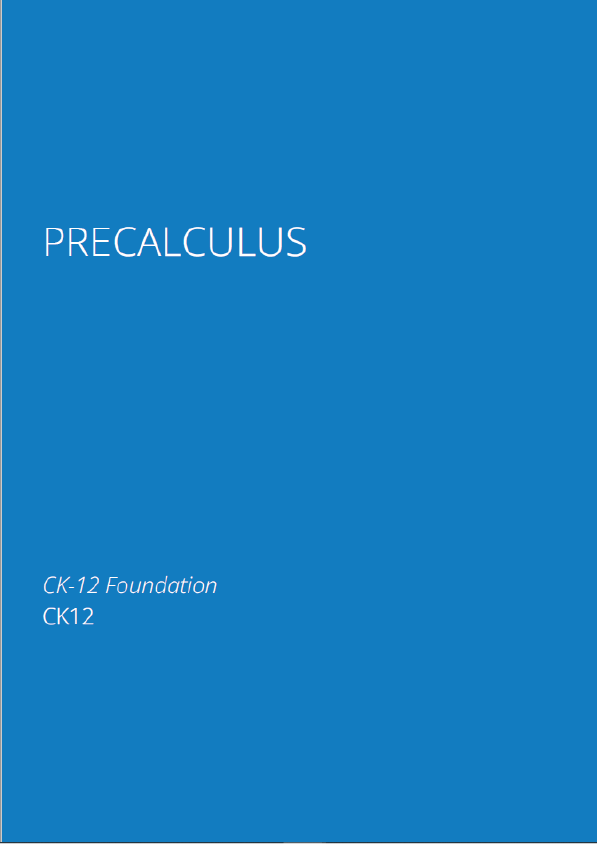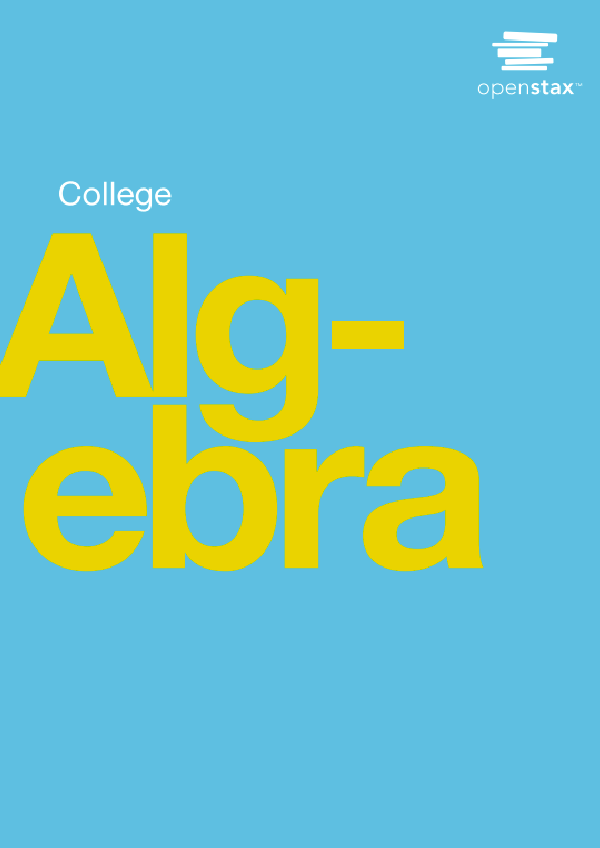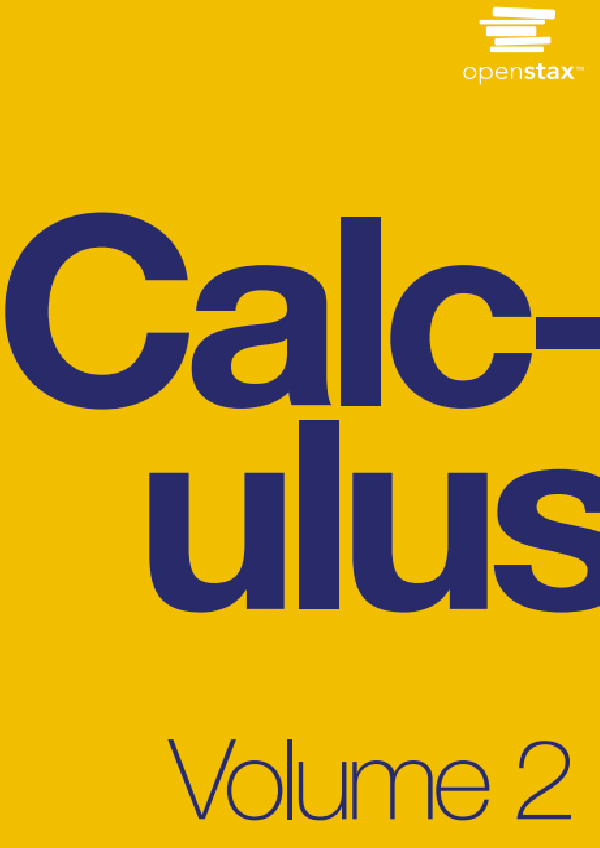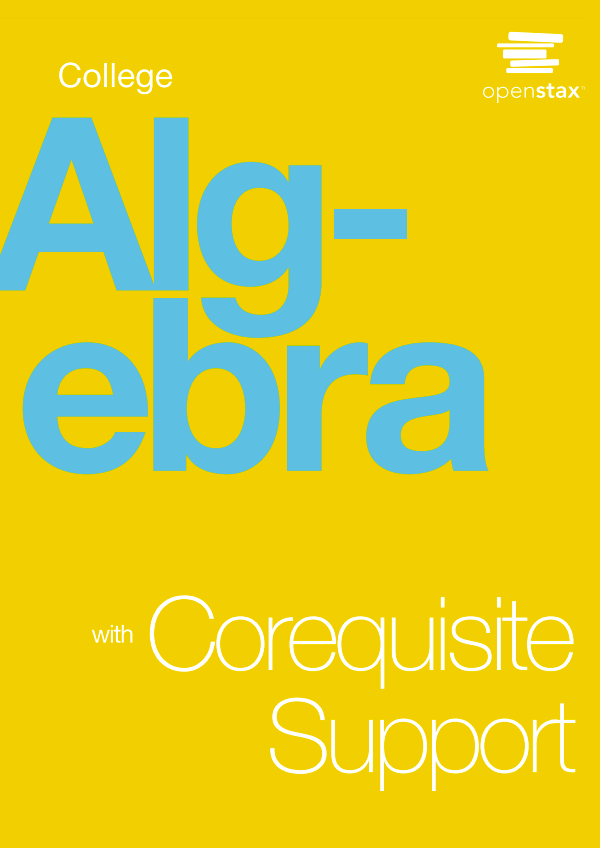This extended essay started out as a modest attempt to offer some supporting structure for teachers struggling to implement a rather unhelpful National Curriculum. It then grew into a Mathematical manifesto that offers a broad view of secondary mathematics, which should interest both seasoned practitioners and those at the start of their teaching careers. This is not a DIY manual on how to teach. Instead we use the official requirements of the new National Curriculum in England as an opportunity:
- to clarify certain crucial features of elementary mathematics and how it is learned—features which all teachers need to consider before deciding ‘How to teach’.
In other words, teachers will find here a survey of some of the mathematical background which schools need to bear in mind when choosing their approach, when thinking about long-term objectives, and when reflecting on (and trying to understand and improve) observed outcomes.
We leave others to draft recipes for translating the official curriculum into a scheme of work with the minimum of thought or reflection. This study is aimed at anyone who would like to think more deeply about the discipline of “elementary mathematics”, so that whatever decisions they may take will be more soundly based. Feedback on earlier versions suggested that this analysis of secondary mathematics and its central principles should provide food for thought for anyone involved in school mathematics, whether as an aspiring teacher, or as an experienced professional—challenging us all to reflect upon what it is that makes secondary school mathematics educationally, culturally, and socially important.
The contents demand repeated reading, and should be weighed and digested slowly.
- The reader should begin with the very short Part I, which sets the scene.
- We suggest they should then work through Part II, which concentrates on the Aims etc. of the published curriculum, and on the general requirements in the section headed Working mathematically. But readers should not worry if some aspects remain unclear on a first reading.
- Ultimately all the sections are interlinked; but we expect the reader will then select sections in Part III (the listed Subject content) which are of most immediate interest—whether Number, or Algebra, or Geometry and measures, or Probability and Statistics—and extract whatever is found useful. Again, each section may bear repeated reading over a number of years, so do not be frustrated if at first some parts appear more immediately applicable than others.
- Part IV is a revised version of our “humane mathematics curriculum for all, written from a mathematical viewpoint”. This is offered as a “sample” rather than as an ideal “model”. It tries to avoid the hubris of some recent reforms and to show how more modest goals mesh together over time, and with each other. For example, we include stages intended to ensure that everyone should manage to learn their tables by the end of primary school, with reinforcement in lower secondary school (even if some pupils achieve fluency earlier); and though we emphasise the central role of fractions for everyone in secondary mathematics, we avoid their early introduction.
The reader is assumed to be an active reader. We repeatedly emphasise drawing, calculating, and making; but we have left these delights for the reader, who should always have pencil and paper to hand. In particular, problems and calculations included in the text should be tackled before reading on, and diagrams described in the text should be drawn.
The important messages are best understood in the context where they arise. However, we were advised to include a summary of some of the key messages at the outset. We therefore end this Introduction with a list of some of the most important messages that arise in the ensuing text, even though many of these messages cannot be easily summarised. Hence we also urge readers to construct their own list of key principles as they work through the main text.
